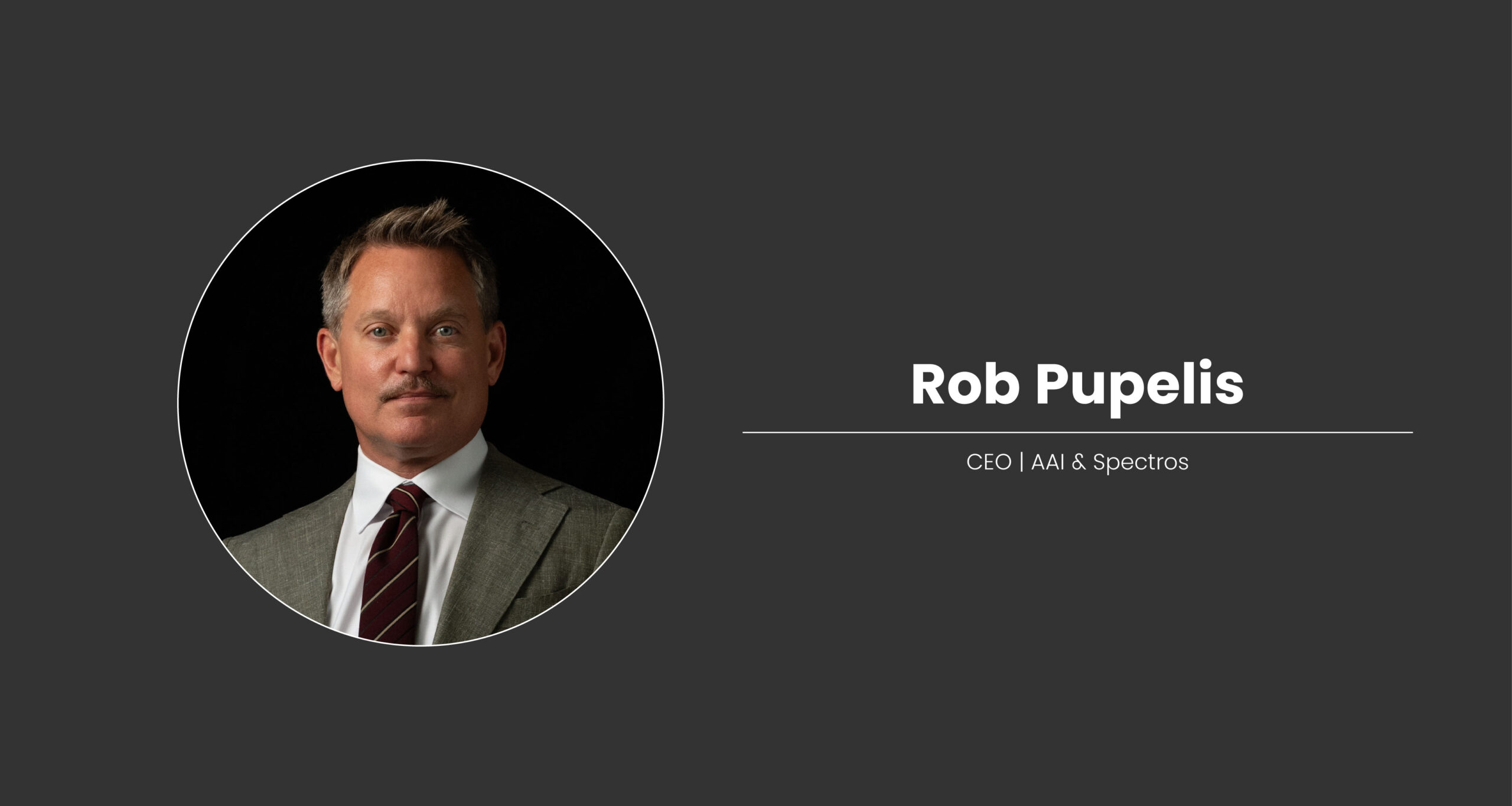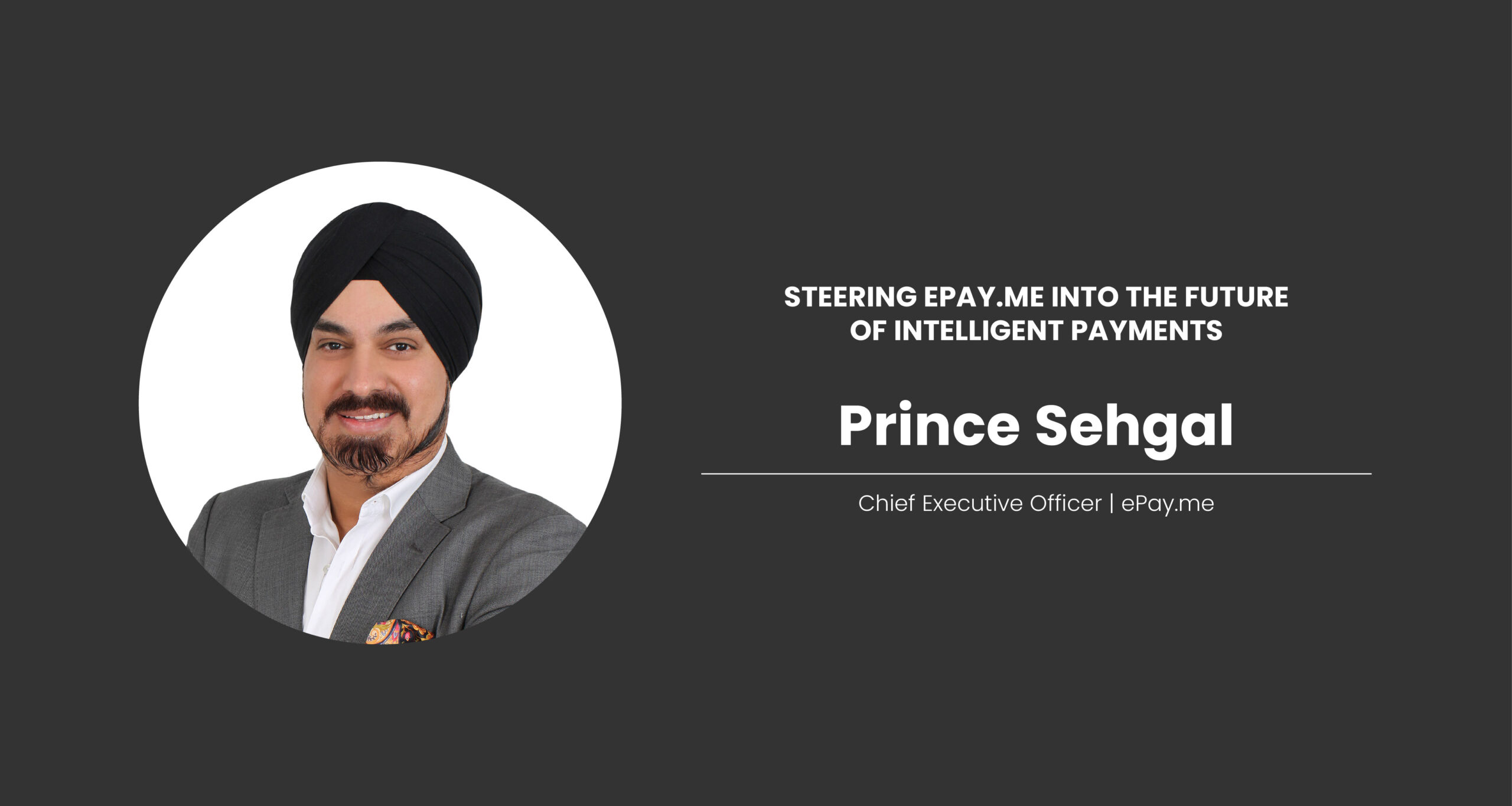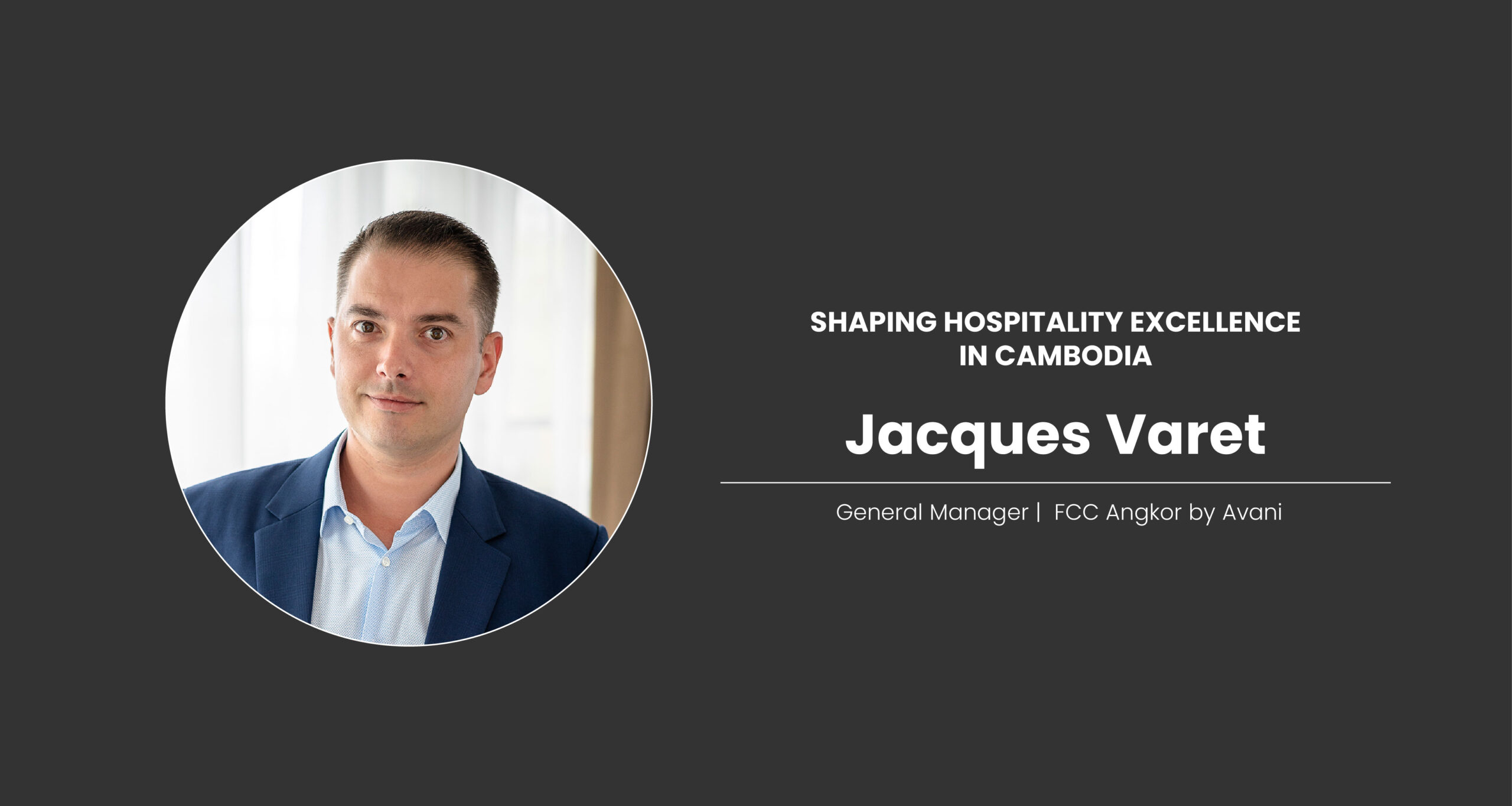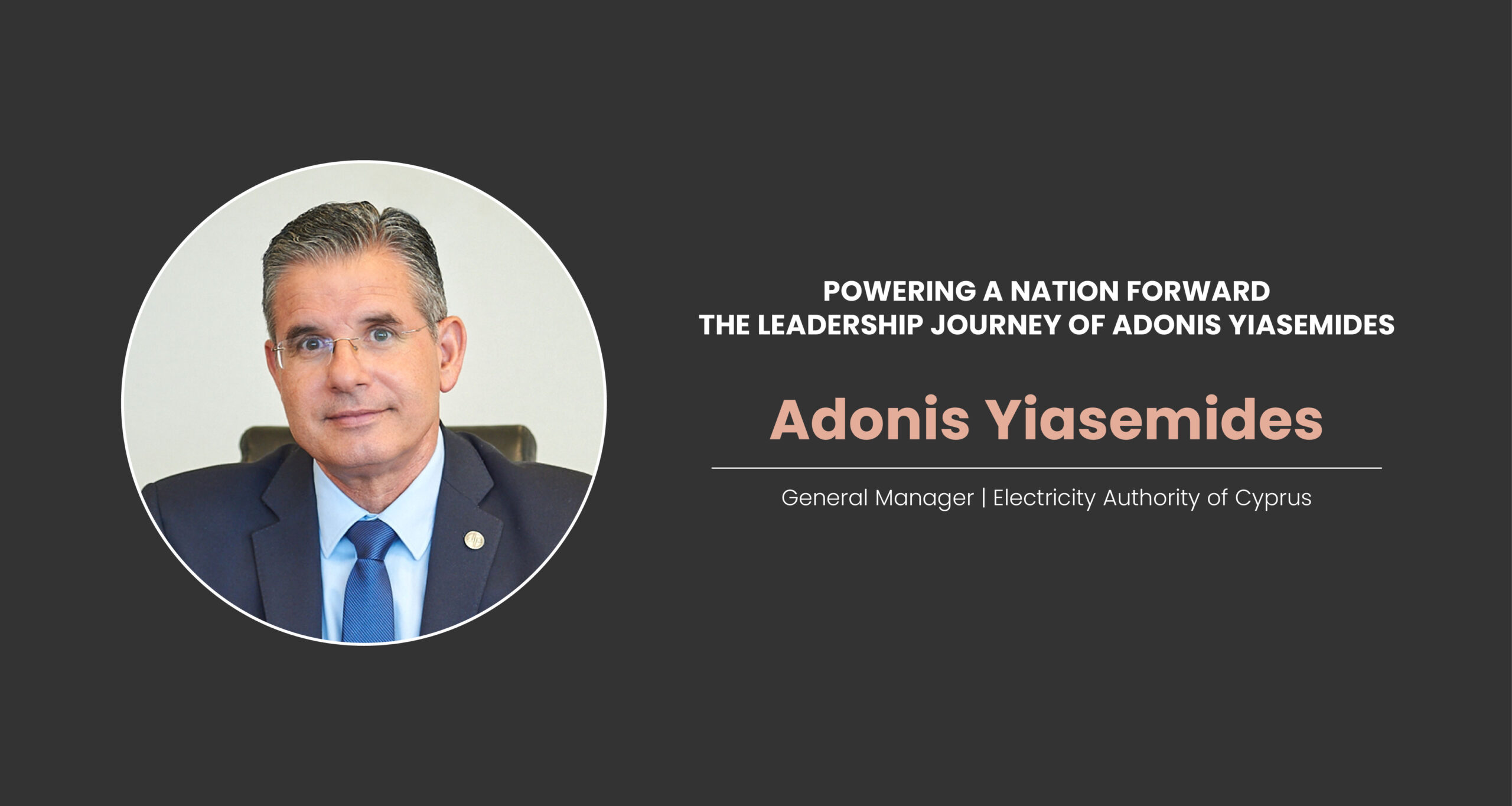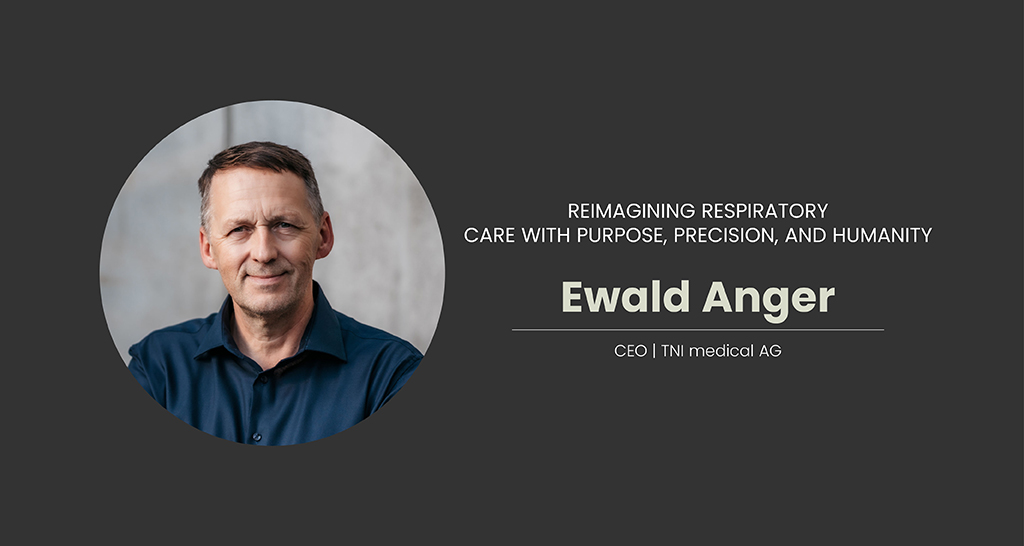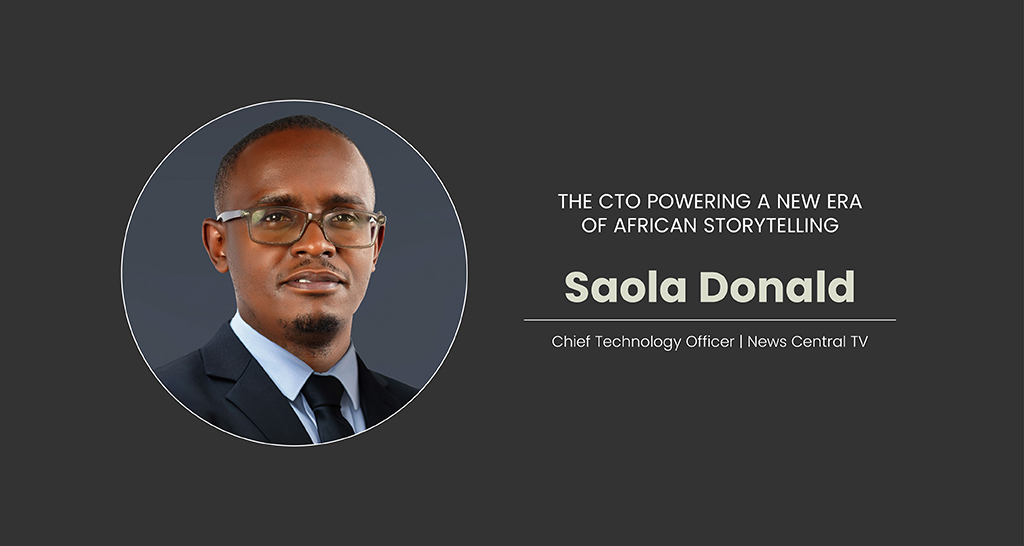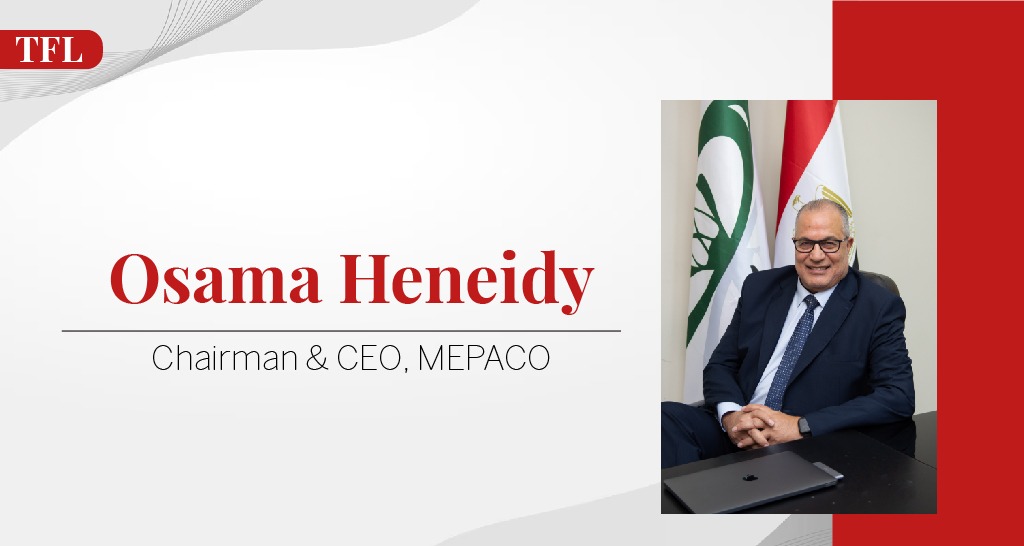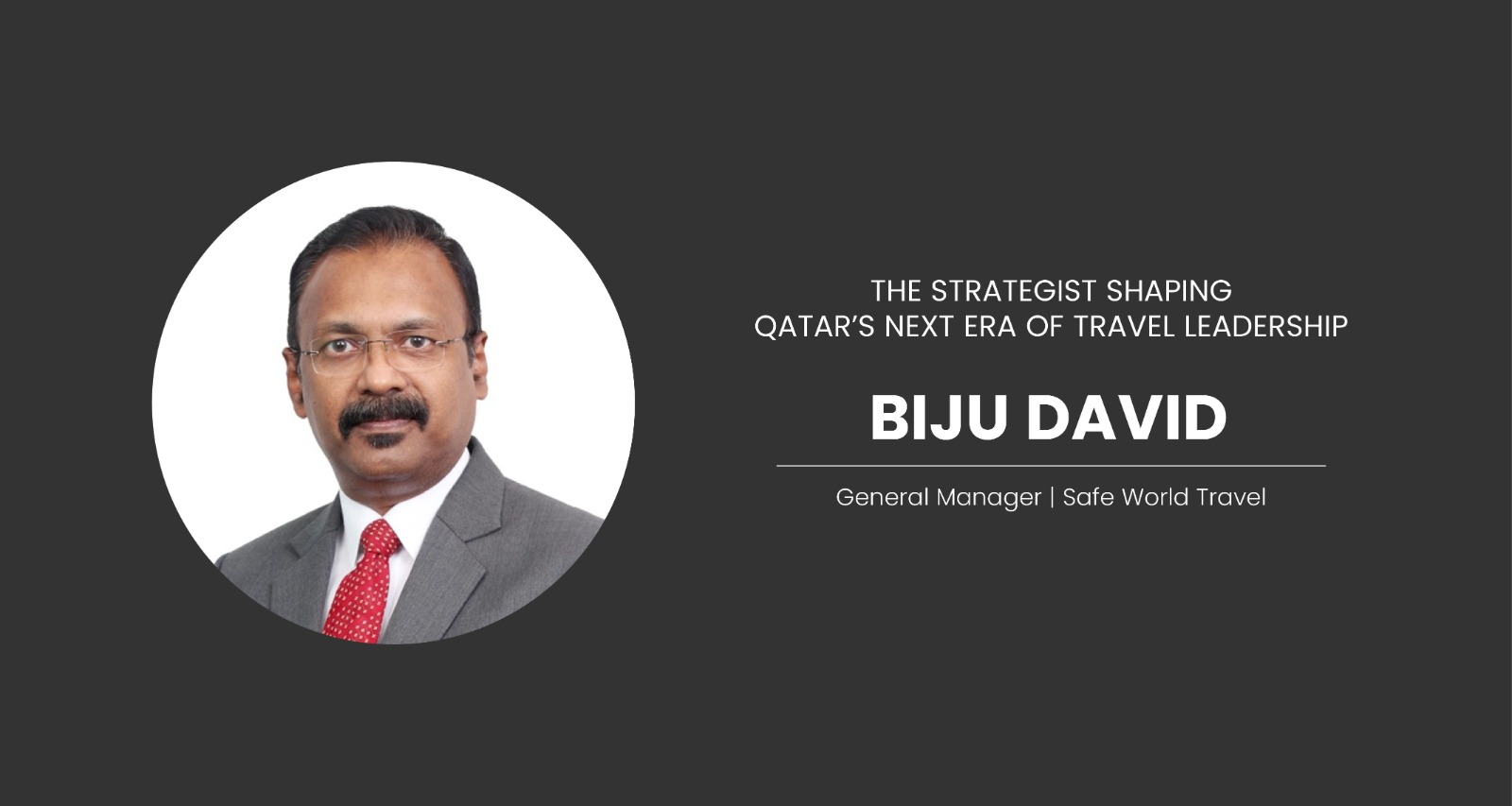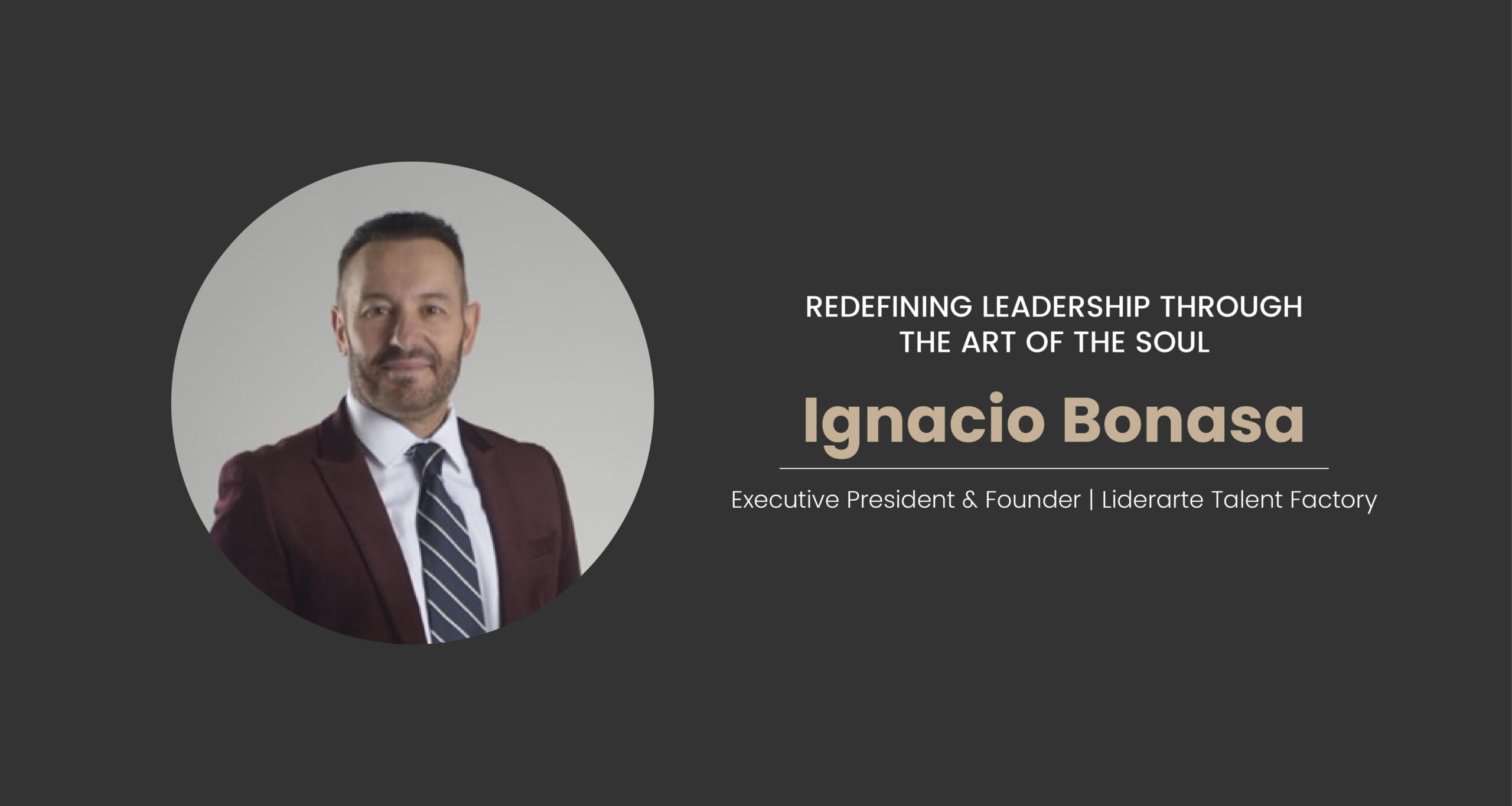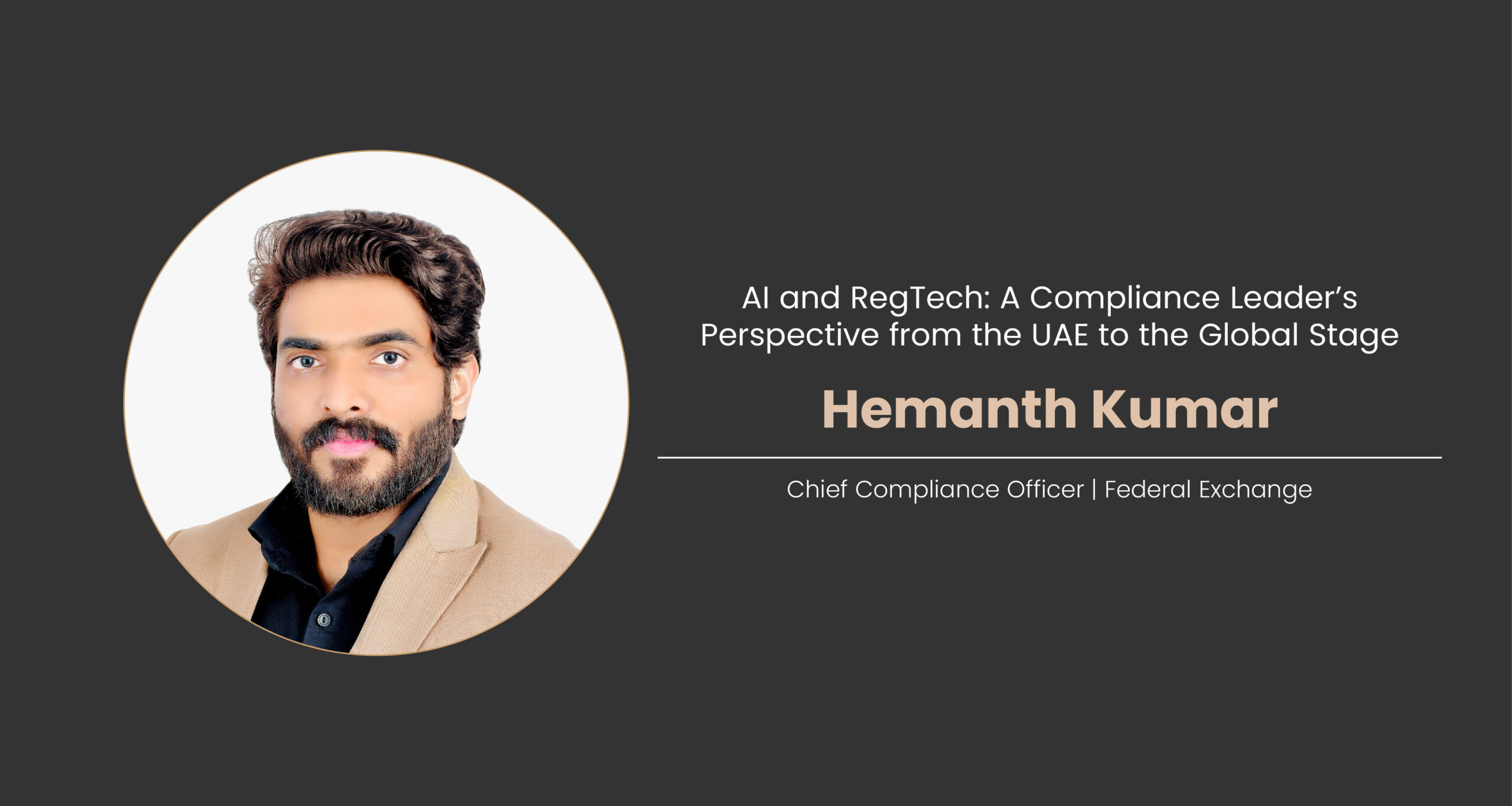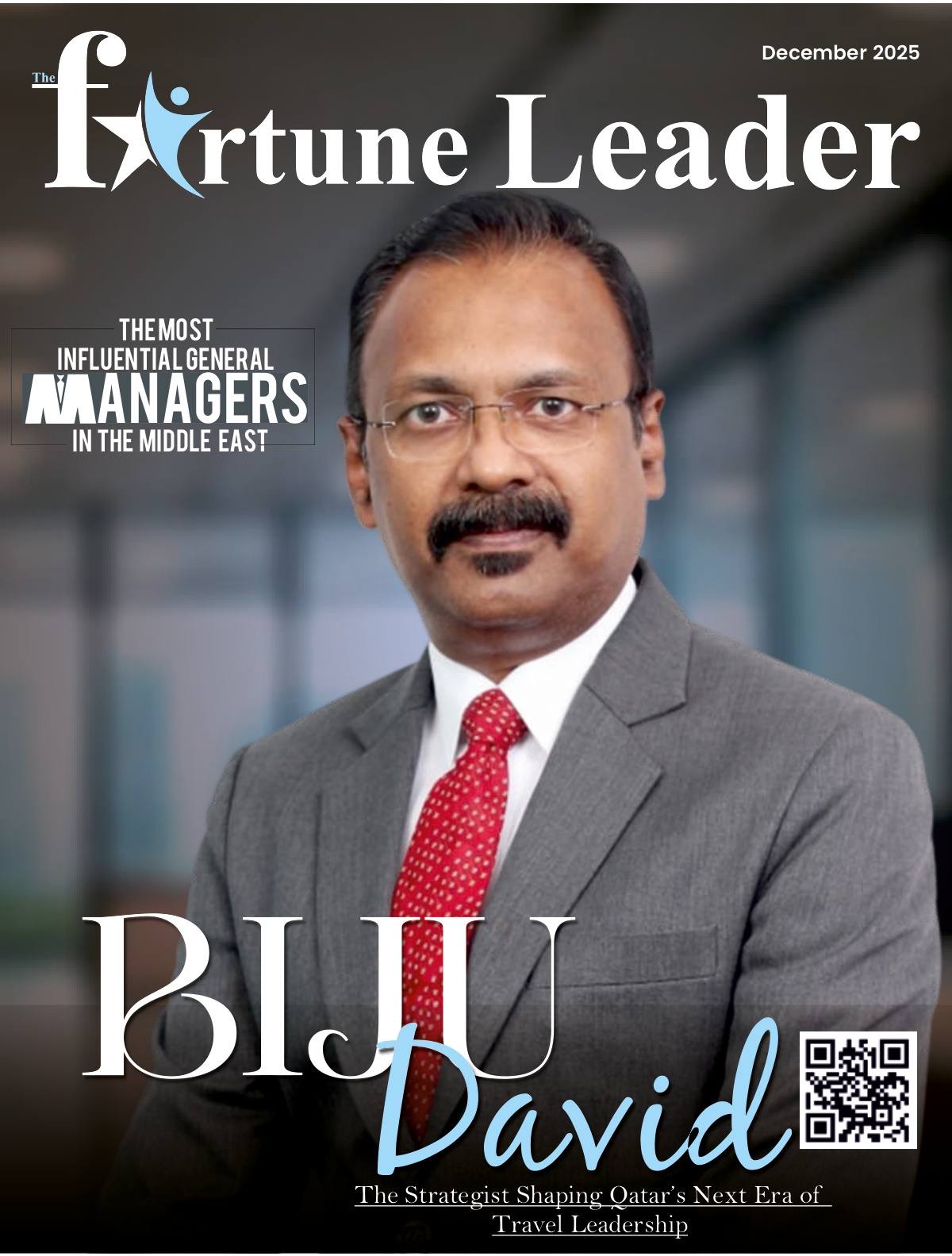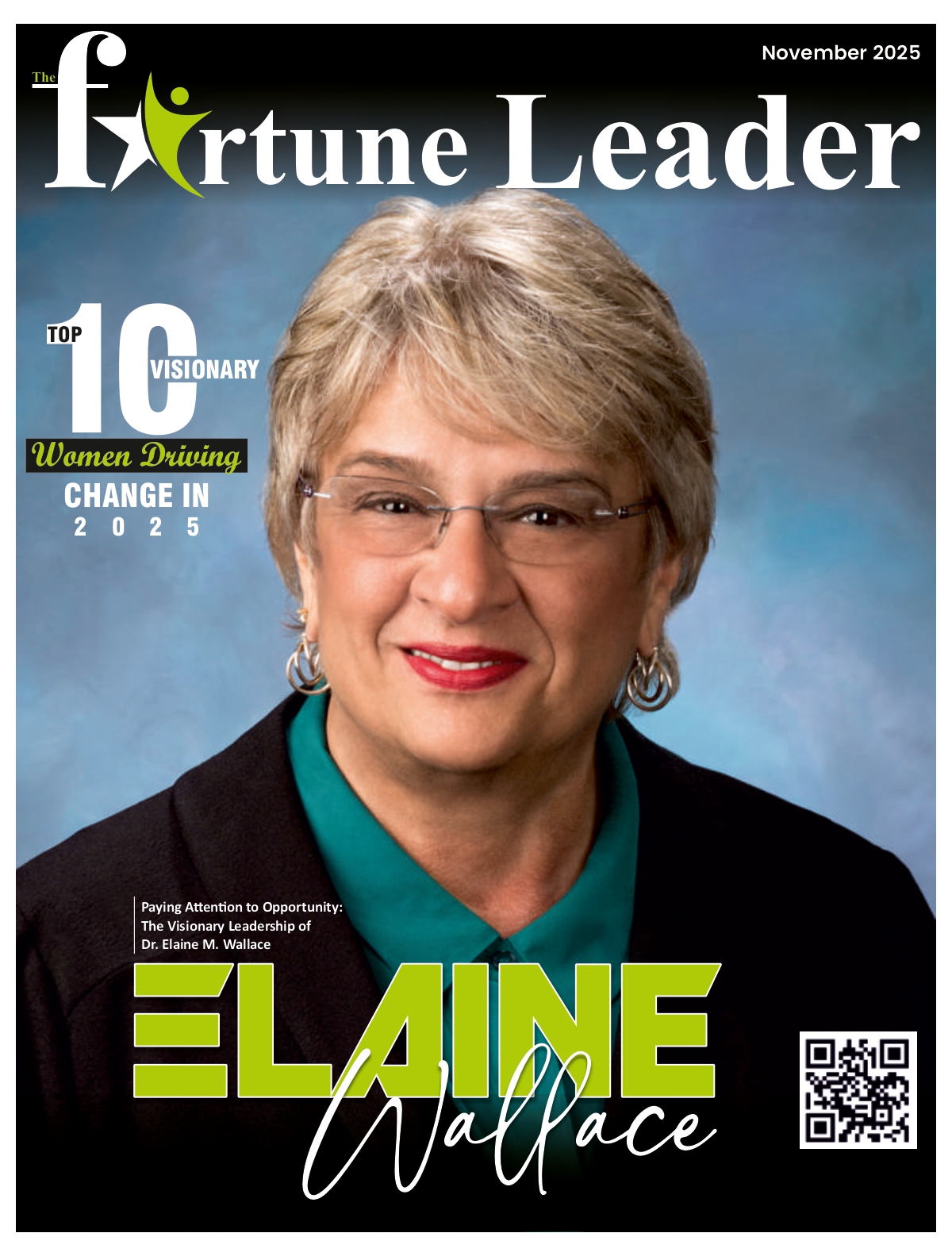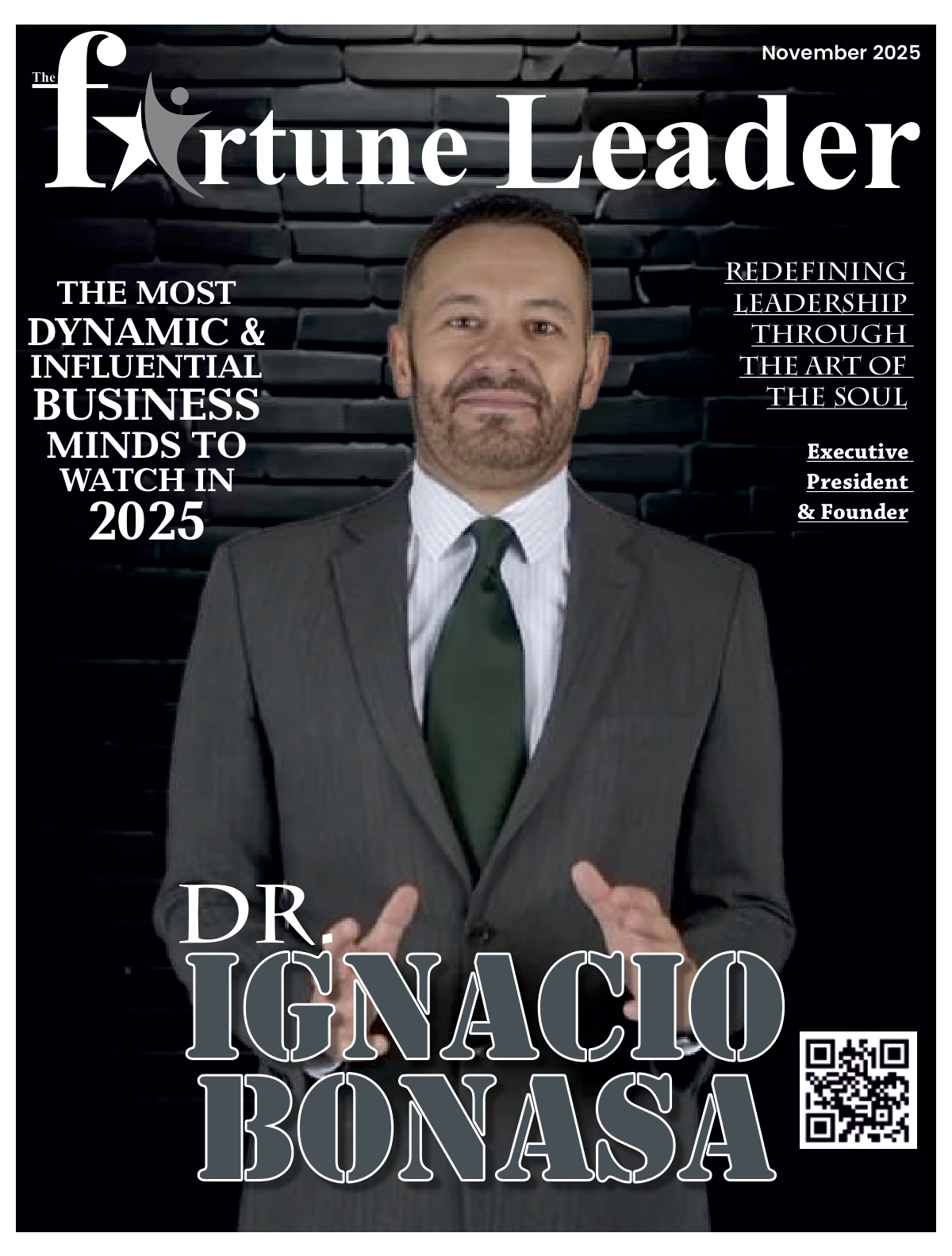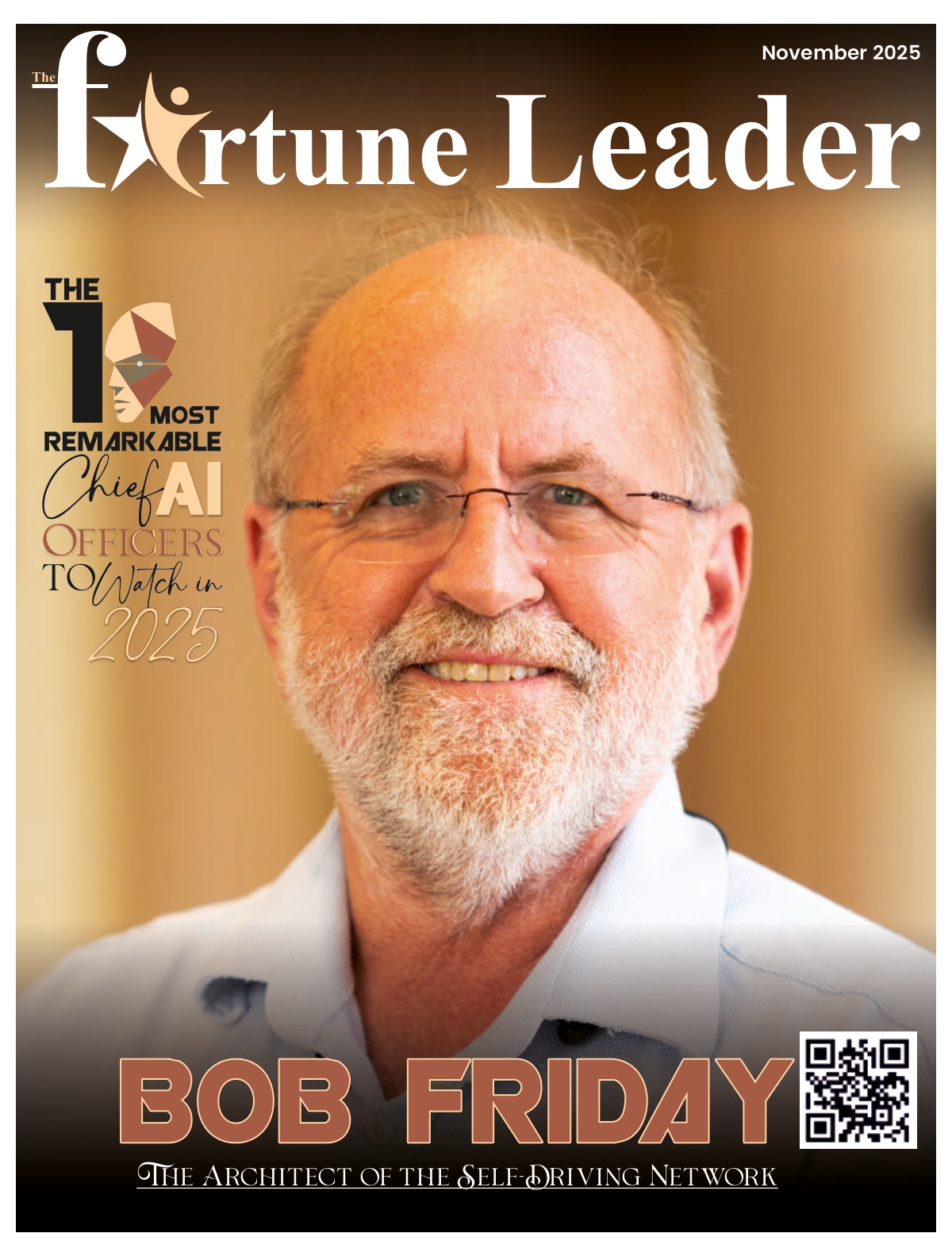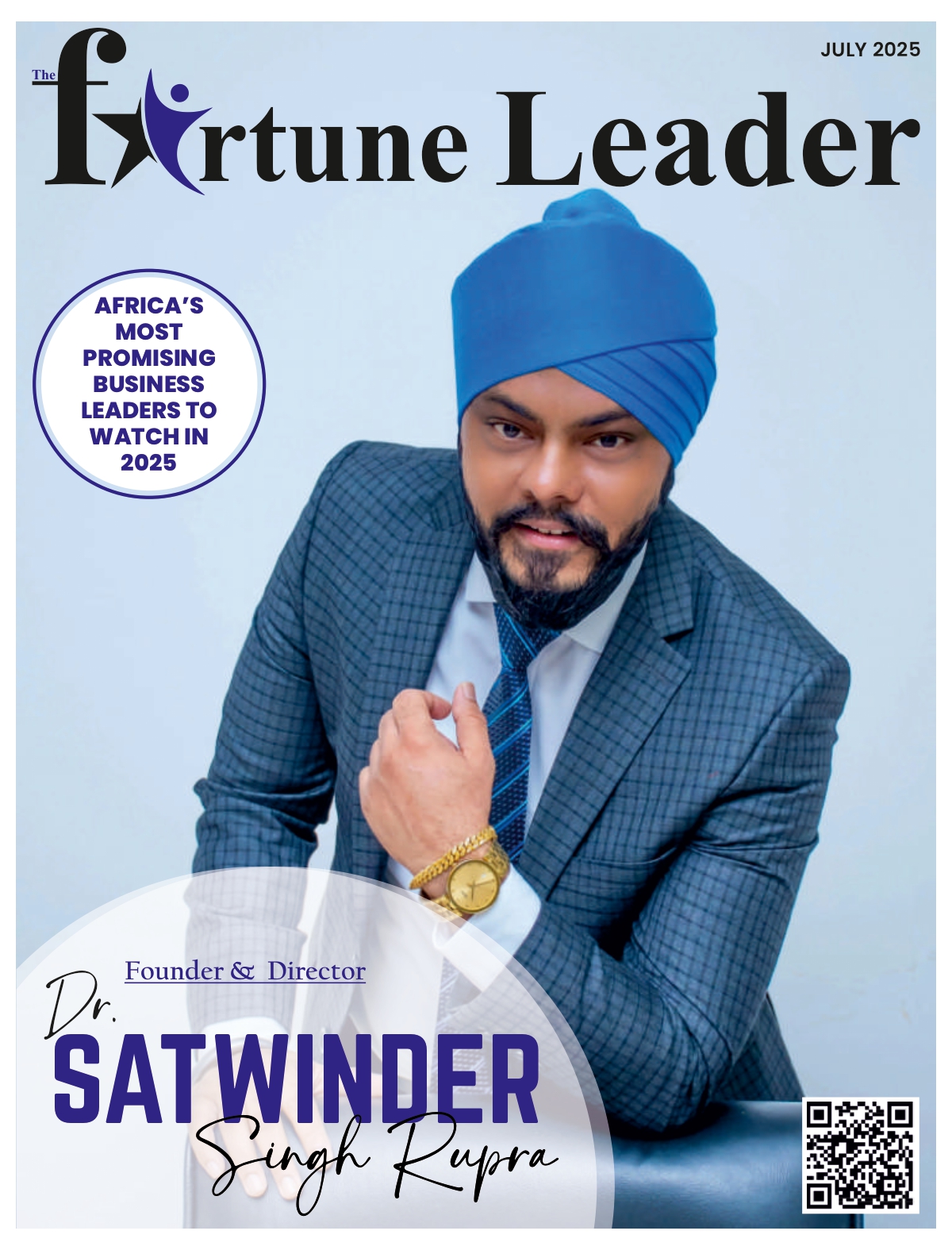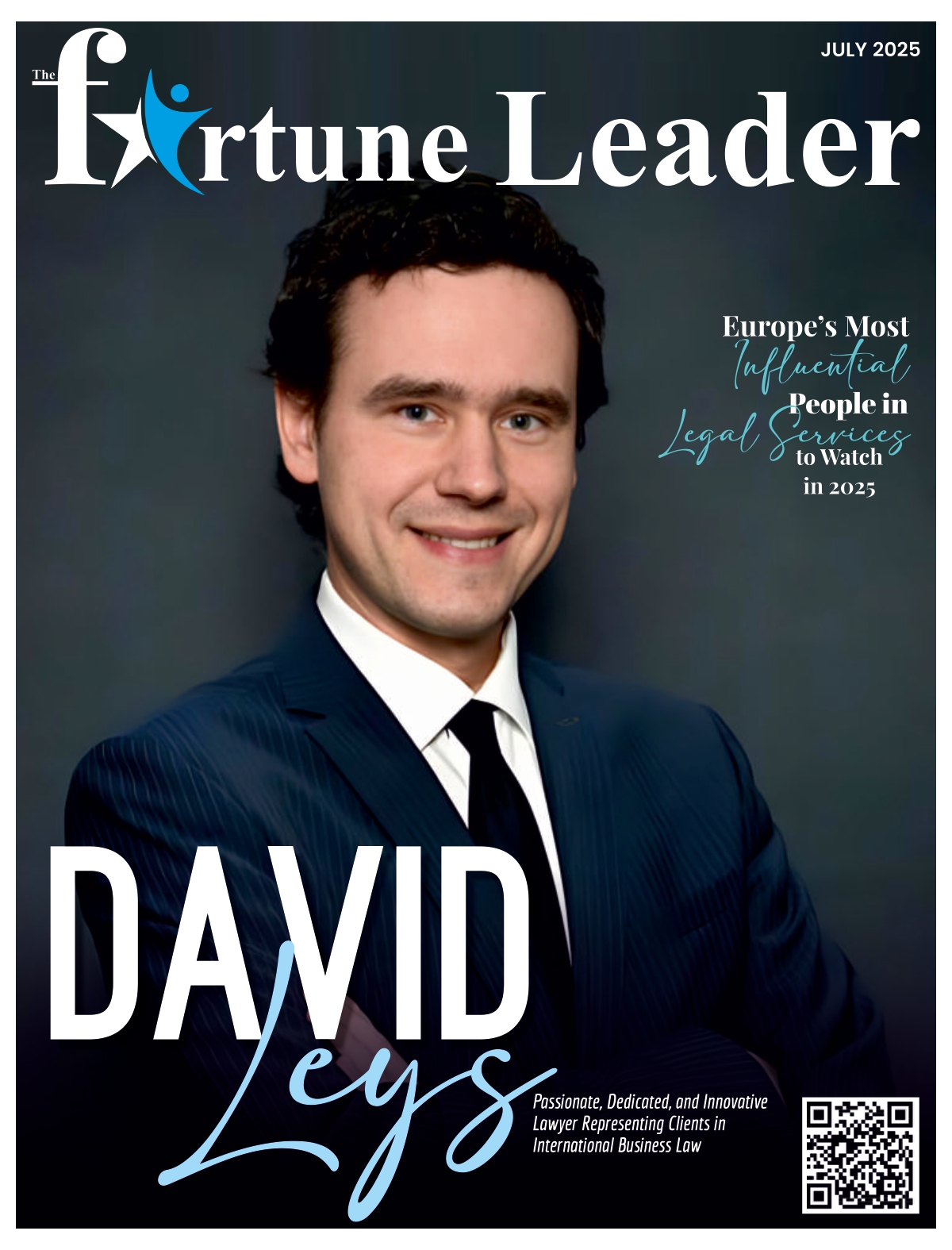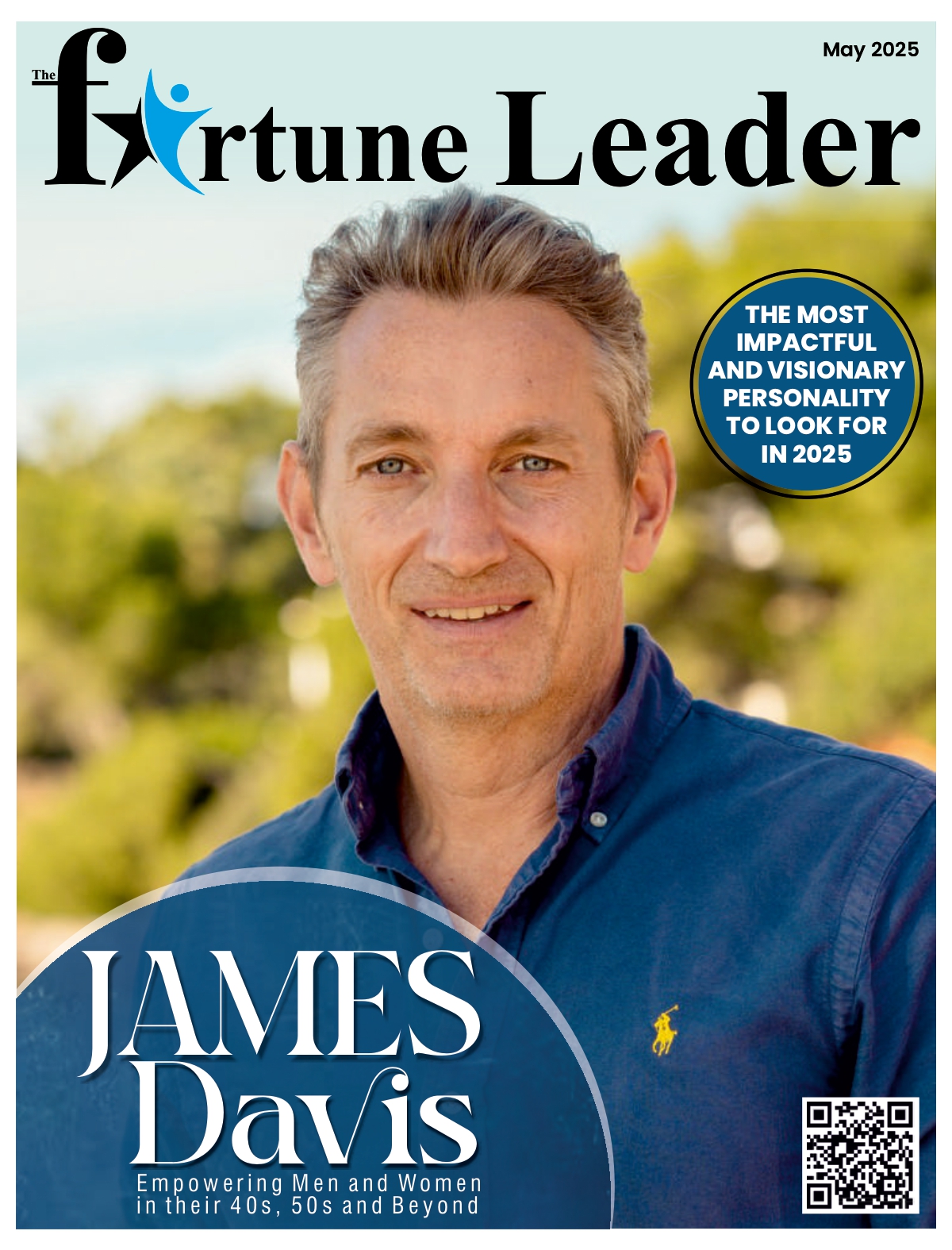When Rob Pupelis founded AAI & Spectros, he wasn’t simply launching another technology company he was igniting a movement. A movement to modernize critical industries, elevate standards, and ensure that the tools people depend on in high-stakes environments are as reliable as the individuals who use them. Rob’s journey, shaped by resilience, reinvention, and a relentless commitment to meaningful innovation, has made him one of the most compelling leaders redefining how precision technology supports real-world decisions.
A Vision Born from Opportunity, Frustration, and Purpose
The inception of AAI & Spectros traces back to a singular insight: advanced technology existed, but it was not always accessible, integrated, or designed with the user in mind. Rob saw a gap; one that was costing industries time, efficiency; and, in some cases, lesser surgical outcomes.
What inspired him was not a single moment of revelation but a combination of experiences that illuminated the profound impact even incremental improvements could have. He understood that when design, usability, and reliability intersect, the results ripple through entire ecosystems of care, safety, and performance.
This understanding became the blueprint for AAI & Spectros. Rob envisioned a platform that merged innovation with integrity, precision with practicality. From day one, the mission was clear: to elevate industry standards not through noise or novelty, but through purpose-driven technology that empowers those on the frontlines.
The Early Years: Reinvention as a Strategy for Survival
Like many founders, Rob did not take a linear path. AAI & Spectros began as a services-based company offering an alternative to traditional outpatient surgeries better equipment, better environments, and drastically lower costs. Logically, it was the future. Practically, it was a battlefield.
Despite superior outcomes, managed care providers and insurance companies denied claims with frustrating consistency. The financial strain became suffocating. Bankruptcy loomed. It was, in many ways, the crucible that forged the company’s philosophy.
Faced with mounting pressure, Rob made the most difficult yet defining decision of his career: to reinvent the company before the market forced his hand. He shifted from service provision to innovation and product development, pivoting AAI & Spectros toward a future anchored not in systems resistant to change, but in technologies capable of driving it.
This reinvention transformed the organization and indeed Rob himself. It taught him that resilience is not endurance alone but evolution. It set the tone for everything AAI & Spectros would become.
Leadership with Clarity and Courage
Today, Rob leads with a philosophy that blends strength with empathy, ambition with humanity. His style is rooted in clarity of vision, transparent communication, and a profound respect for people.
He believes that individuals perform best when they feel seen, supported, challenged, and genuinely connected. For him, camaraderie is not a workplace luxury but an essential ingredient for innovation. AAI & Spectros is fast-paced, high-performing, and unapologetically purposeful but it is also a place where people laugh, grow, and build real bonds.
Under his guidance, the culture has become a hybrid of accountability and compassion, excellence, and joy. Rob often says that the true measure of leadership isn’t what a company accomplishes it is who the people within it become along the way.
A Defining Achievement
Among the company’s many milestones, Rob considers the redevelopment of the T-Stat system the most meaningful achievement. What began as a straightforward improvement project evolved into a mission to redefine how physiological data is monitored in critical environments.
By strengthening its design, refining its capabilities, and aligning it with the real needs of medical and field professionals, the team transformed T-Stat from an instrument into an indispensable platform for better decision-making.
Today, it is widely regarded as a potential global standard of care technology capable not only of capturing data but of shaping outcomes. For Rob, the true reward lies not in market dominance but in the lives T-Stat changes each and every day.
Driving Innovation Through Purpose, Not Trend-Chasing
Innovation at AAI & Spectros isn’t a buzzword it’s a discipline. Rob ensures the company remains ahead of the curve by fostering a culture where curiosity meets strategy.
Rather than chasing the latest technological trends, the company focuses on understanding what truly matters: customer needs, emerging risks, scientific advancement, and internal creativity. Some of the company’s best ideas have come from team members questioning assumptions or challenging outdated practices. Leadership keeps the company lean, agile, and ready to evolve not in reaction to change but in anticipation of it.
Inspiring Teams Through Trust, Instinct, and Intention
Rob motivates not through pressure or perks, but through connection and clarity. He communicates vision with conviction and helps each team member see their role in achieving it.
He trusts his instincts when hiring, often identifying leaders whose potential far exceeds their résumés. Many of AAI & Spectros’ most influential contributors were handpicked, nurtured, and elevated long before others recognized their abilities. As a leader, he removes barriers, ensures resources, celebrates effort, and never hesitates to roll up his sleeves. His example rooted in integrity, accountability, and humility sets the tone.
Technology and Sustainability: Twin Pillars of the Future
At AAI & Spectros technology and sustainability aren’t optional they are the foundation of the future they are building. The companies are deeply invested in modernizing legacy systems, advancing AI-powered decision support, and designing products that anticipate tomorrow’s needs. Their approach to sustainability extends beyond environmental responsibility; it encompasses the durability of products, the well-being of employees, and the long-term trust of partners and communities.
Maintaining Focus and Harmony Through Intentional Living
Despite the demands of leadership, Rob views balance not as perfection but as rhythm. Focus comes from purpose. Resilience comes from intentional routines physical movement, meaningful relationships, restorative downtime, and quiet reflection.
He prioritizes what matters, delegates with trust, and protects the clarity needed to lead decisively. In his world, harmony is achieved not by doing less, but by doing what matters most with presence and conviction.
The Next Five Years: Scaling Impact, Not Just Size
Looking ahead, Rob envisions a future where AAI & Spectros expands with intention. The next five years will center on deepening impact through smarter technology, ethical growth, and breakthrough innovation.
Key initiatives include:
- T-Stat 3.0: a next-generation system with dramatically reduced hardware, advanced virtual capabilities, intelligent software, and a significantly lower carbon footprint.
- Next-generation Aquecool: designed to accelerate healing, reduce complications, and elevate patient outcomes.
- Expanded R&D: deeper integration of advanced technologies and AI-driven insights.
- Leadership development: building an organization known as much for the leaders it develops as the technologies it creates.
For this CEO, success is measured in lives impacted, standards elevated, and the people who grow alongside the mission.
A Message to Future Leaders
Rob offers aspiring leaders a powerful perspective: leadership is simple, but not easy. It is a series of deliberate, values-driven choices made consistently over time.
“Be brave enough to care deeply,” he advises, “and disciplined enough to act on it.”
He encourages future leaders to stay curious, surround themselves with challengers not cheerleaders and protect their integrity above all else. Markets shift. Technologies evolve. Trends fade. But values endure. For Rob, leadership is ultimately about legacy not the kind written in headlines, but the kind written in its people.
“Success isn’t just what you build,” he says. “It’s who we help build along the way.”
- 📌 Visit Rob Pupelis👉 – LinkedIn Profile
- 🌐 Explore AAI & Spectros 👉 – Company Website

